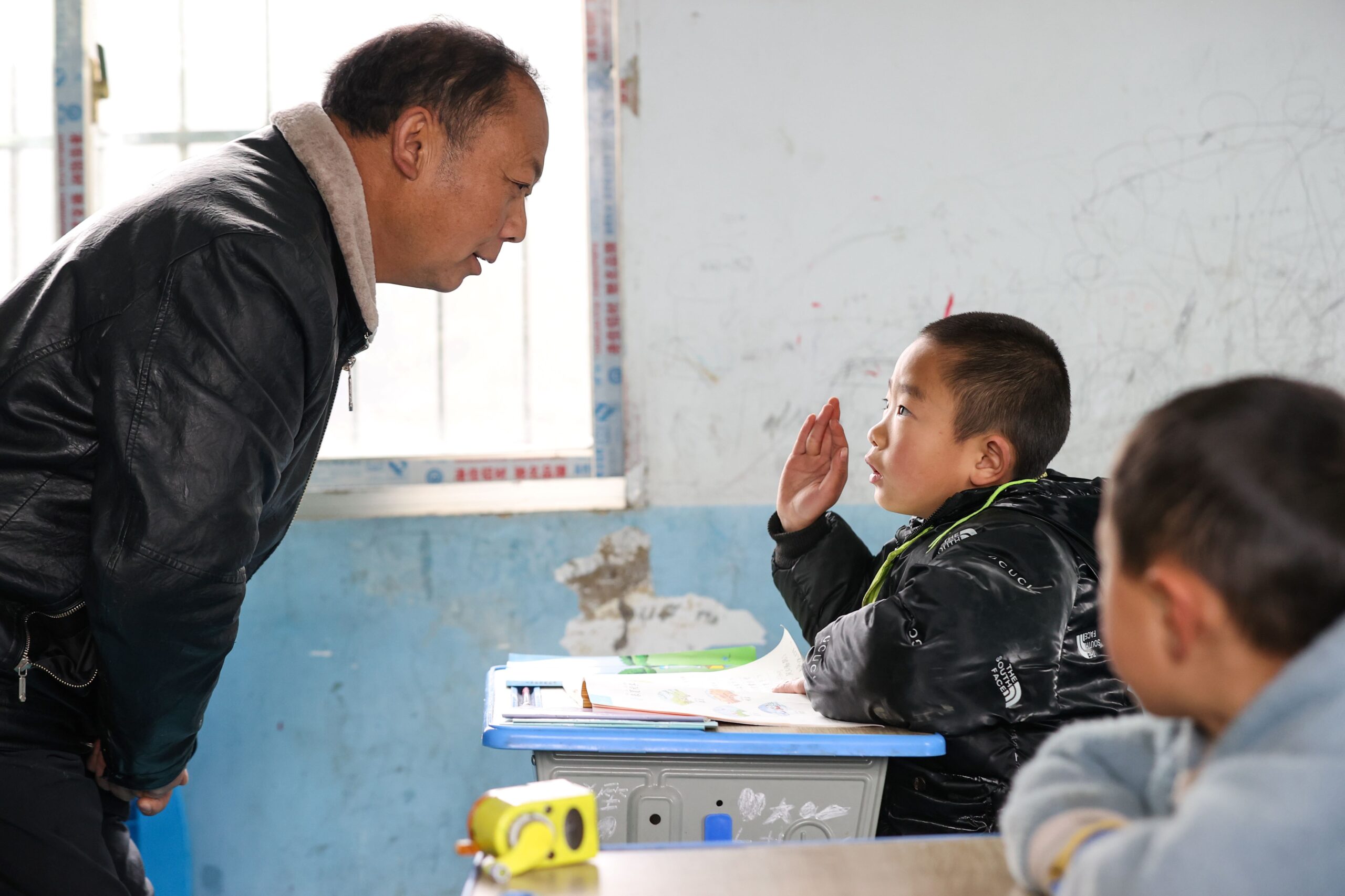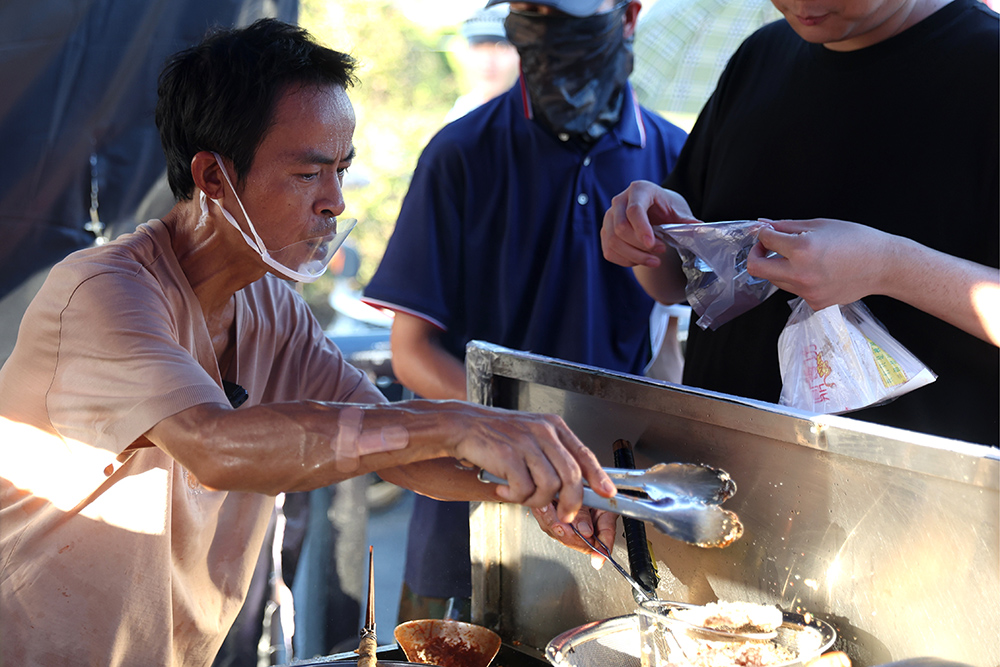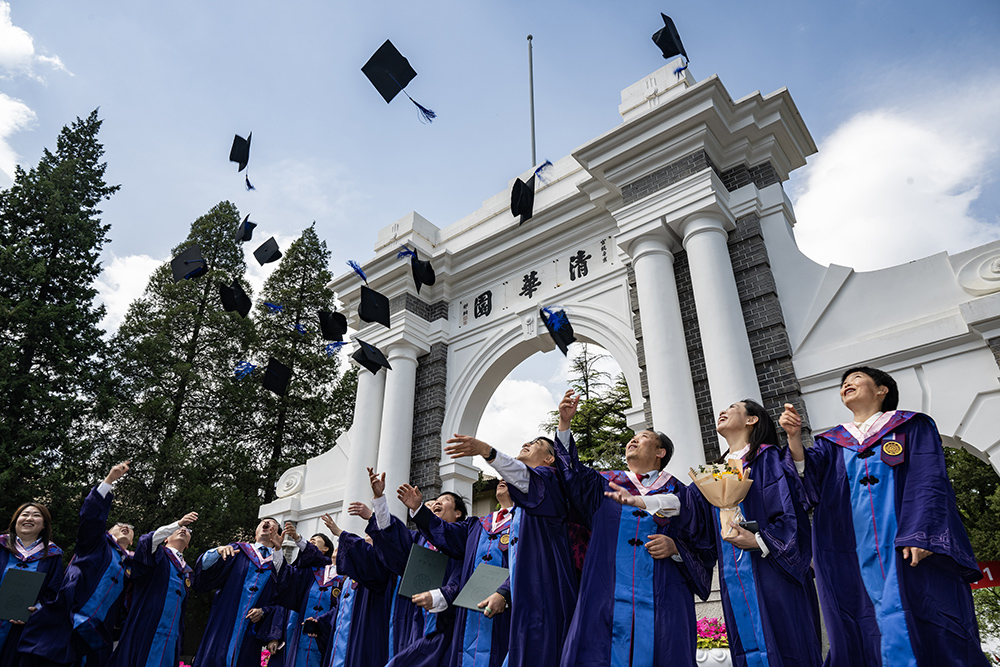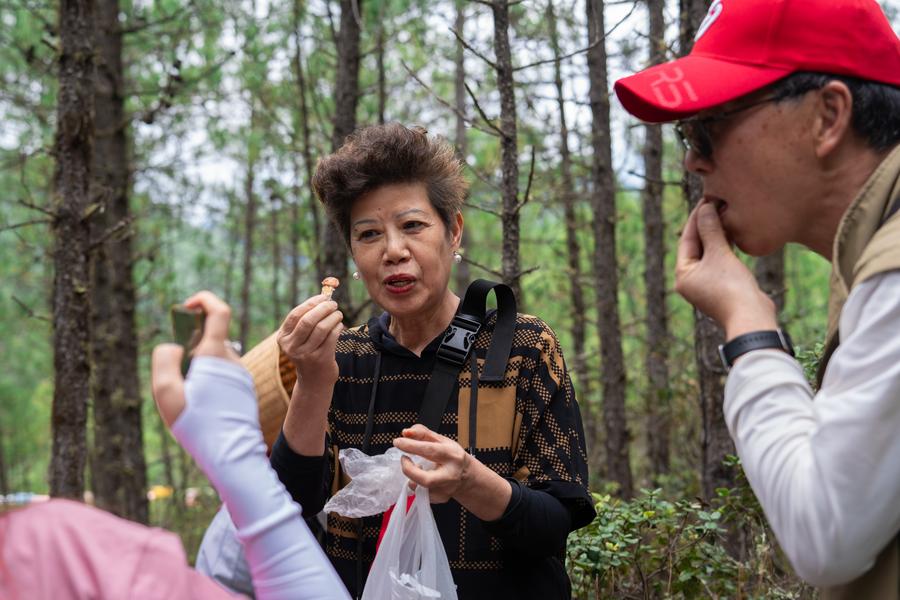China plans to mobilise 7,000 retired teachers to support rural schools, bringing experience, mentorship, and hope.
China plans to bring 7,000 retired teachers back to classrooms in 2025. The National Silver Age Teacher Action Plan aims to use their experience and passion to strengthen rural education and close the urban–rural gap.
Applicants are mostly retired principals, senior teachers, and subject experts under 65 years old. Each volunteer is expected to serve at least one school year, mainly in remote or less-developed areas, including ethnic regions, old revolutionary bases, and border counties. The central and local governments will share the funding, providing around 20,000 yuan (approximately £2,095) per teacher each year for living allowances, travel, and insurance. Local authorities will also offer housing and basic facilities.
Diverse Local Models
Provinces are shaping the plan in their own ways. In Zhejiang, 700 teaching posts focus on 26 mountainous counties, encouraging schools to rehire retired staff who meet health and qualification standards. Gansu has launched a “1+N” mentorship model — one senior teacher guides three young rural teachers to pass on classroom and teaching skills. Sichuan is building “Silver Teacher Studios” for top educators, while Hubei links the program to school management reform, allowing flexible cross-county assignments.
These flexible hiring models mean retired teachers do not take up formal staff positions or change their employment status. Supporters say the program offers quick relief to understaffed rural schools and creates valuable opportunities for young teachers to learn from masters.
Stories of Experience and Care
In Hangzhou, 63-year-old retired physics teacher Wang Lihua has already signed up. “I’ve taught physics for 30 years,” she said, “Rural schools may lack equipment, but creativity can fill the gap. You can even teach buoyancy with a plastic bottle.”
In a township school in Tonghua, Jilin Province, a retired chemistry teacher helped students build a “field lab” using corn stalks to test acidity and river water to measure pollution. “For the first time, our kids see chemistry as fun,” the principal said.
More Than a Short-Term Fix
Experts praise the plan as a smart, short-term solution but warn that deeper issues remain. “Relying on retirees helps for now,” said a researcher at the 21st Century Education Research Institute, “But the long-term goal should be to make rural teaching more attractive through better pay and career paths.”
China’s Ministry of Education says the program complements existing projects such as the “Special Post Teachers” and “Publicly Funded Normal Students” schemes, aiming to build a more balanced teacher supply.
As China’s population ages, reactivating the experience of retired professionals is becoming a trend. Scholars in Shanghai have suggested creating a national database to match silver-age teachers with rural schools and provide them with better health and insurance support.
For many, teaching again is not just a return to the classroom but a renewed mission. When these 7,000 silver teachers step into rural schools, they will bring more than lessons — they will bring hope and a warmer answer to educational fairness.
Additional reporting by HKCNA, news.china.com.
If you liked this article, why not read: Through the Eyes of a British Educator: Xizang’s Transformation











